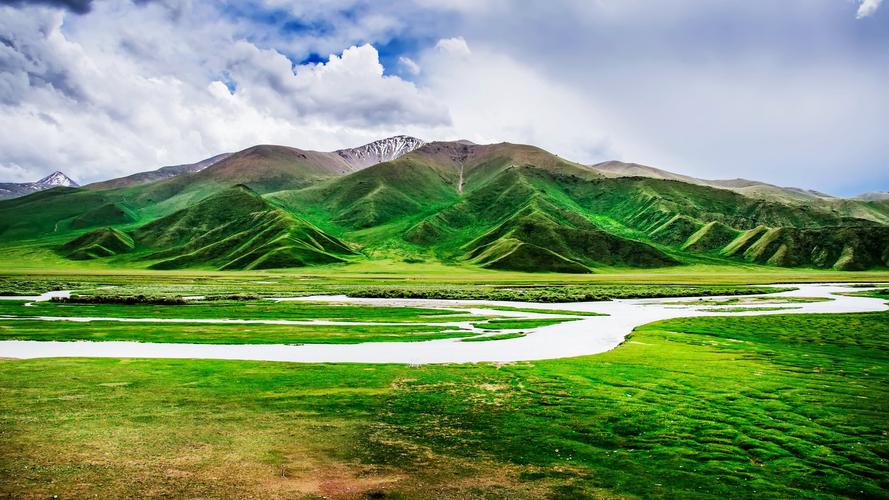Exploring the Colorful Cultural Traditions in the Philippines
The Philippines is a country rich in culture and traditions that have been passed down from generation to generation. From its unique cuisines to celebrations, the country is full of diverse cultural practices. In this article, we’ll delve into some of the colorful cultural traditions in the Philippines.
Festivals
One of the most significant aspects of Philippine culture is its festivals, locally known as “fiestas.” There are countless fiestas across the country, with each region having its own unique celebration. For instance, the Sinulog Festival held in Cebu city every January, celebrates the country’s conversion to Christianity. The Ati-Atihan Festival, held in the town of Kalibo, showcases the Aeta tribe’s dance movements and is considered one of the oldest festivals in the country.
Food and Cuisine
Philippine cuisine is a combination of diverse influences, including Malay, Spanish, American, and Chinese influences. From lumpia (spring rolls) to adobo (stewed meat), the country has a unique blend of sweet, sour, and savory flavors. One of the most renowned Philippine dishes is lechon, a succulent roasted pig that is typically served during special occasions.
Traditional Clothing
The traditional Filipino clothing is known as Barong Tagalog for men and Baro’t Saya for women. The Barong Tagalog is an embroidered shirt that is considered the national dress of the Philippines, while the Baro’t Saya features a blouse and a wrap-around skirt. These garments are typically worn during special occasions such as weddings and formal events.
Dance and Music
The Philippines is replete with dance and music traditions that date back centuries. From the Tinikling folk dance, which involves bamboo sticks, to the Cariñosa dance, which showcases the country’s Spanish influence, Philippine dance forms are diverse and unique. Similarly, music traditions, such as Kundiman (love songs), are a vital part of the country’s cultural heritage.
Conclusion
Philippine culture is diverse and colorful, with numerous traditions that make it unique. From the festivals that showcase the country’s religious beliefs to the traditional clothing, dance, and music, the Philippines has a distinct cultural identity. By exploring and appreciating these cultural practices, we can gain a deeper understanding and appreciation of the Filipino people and their way of life.
(Note: Do you have knowledge or insights to share? Unlock new opportunities and expand your reach by joining our authors team. Click Registration to join us and share your expertise with our readers.)
